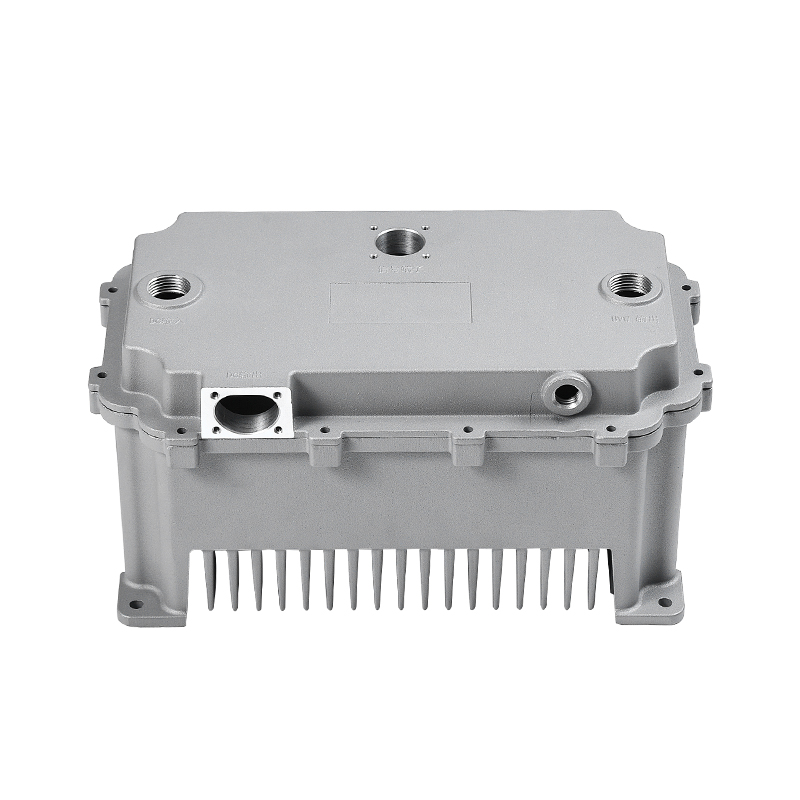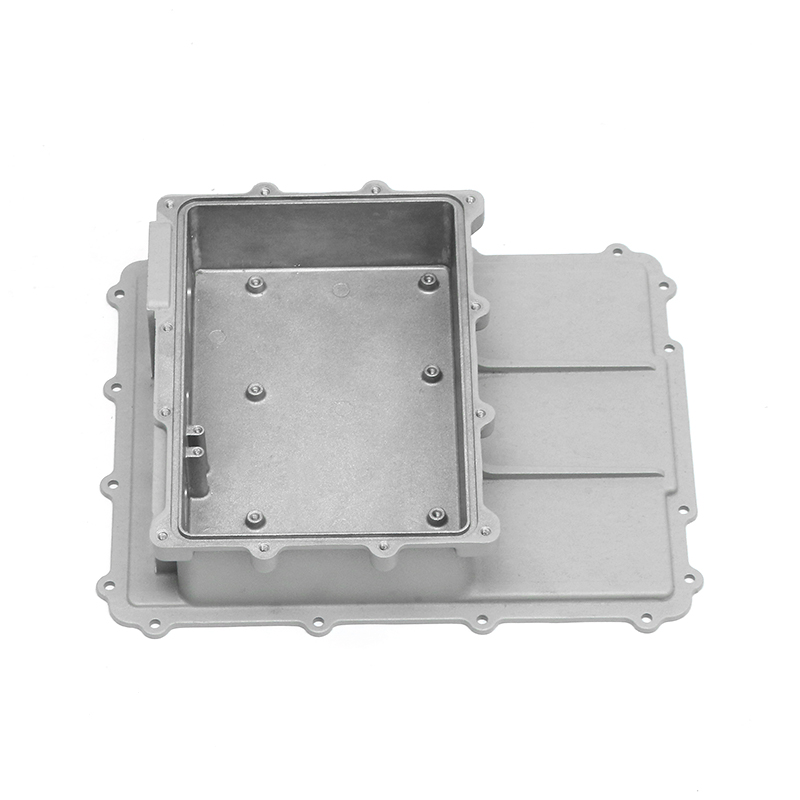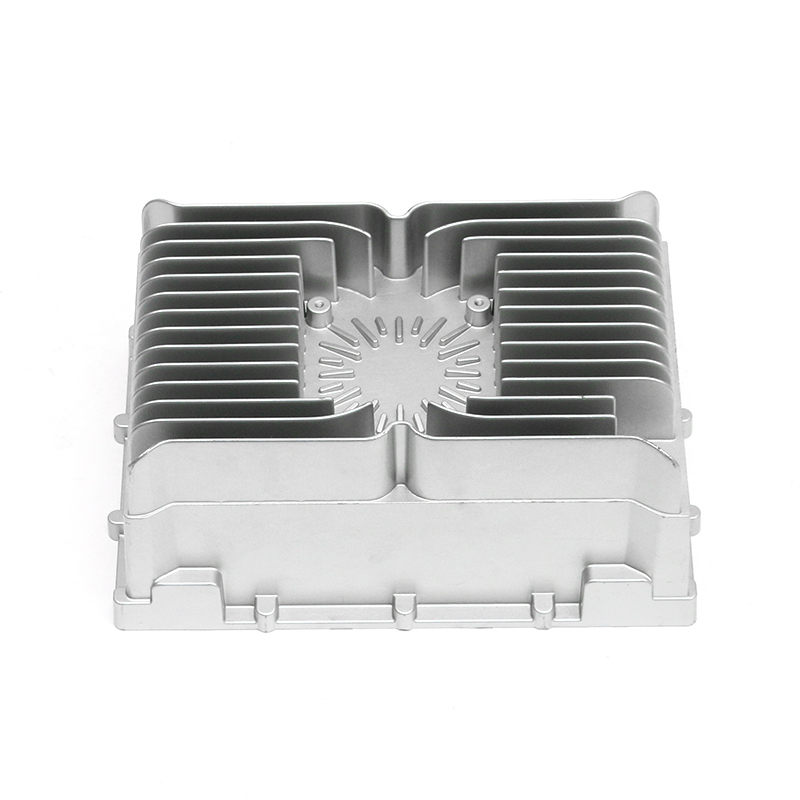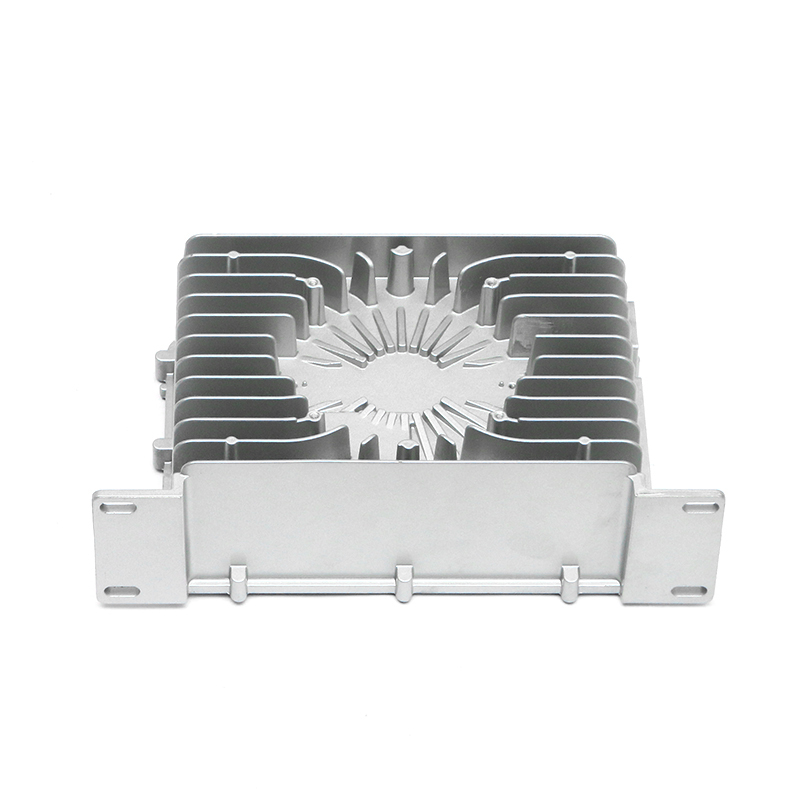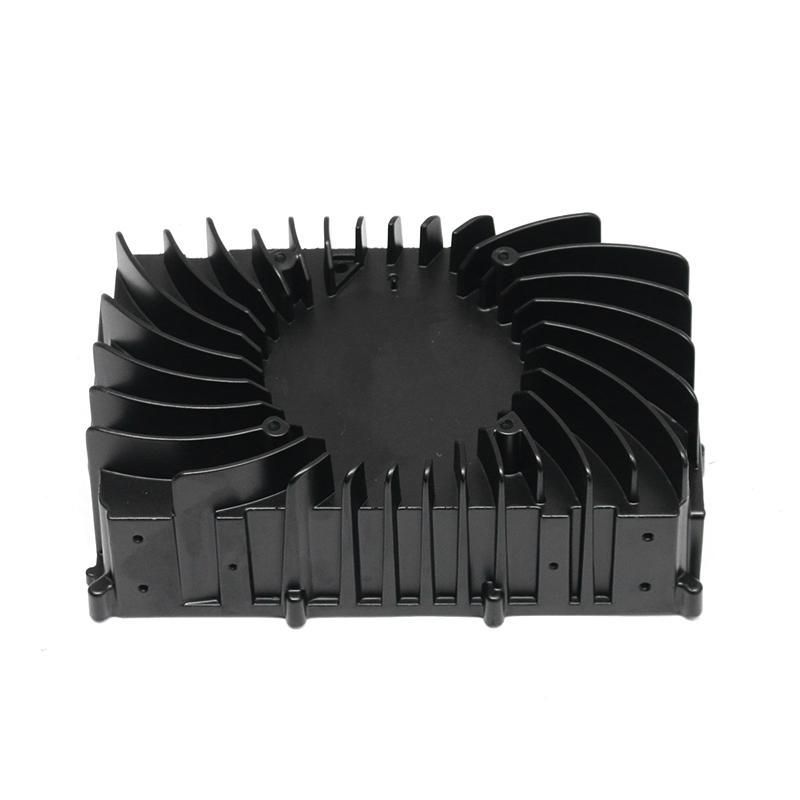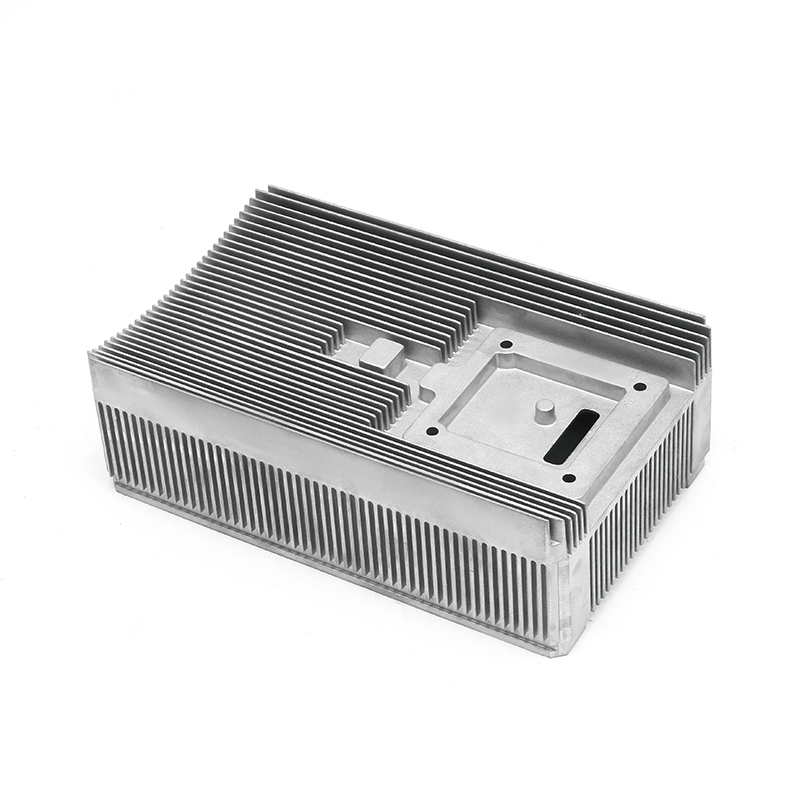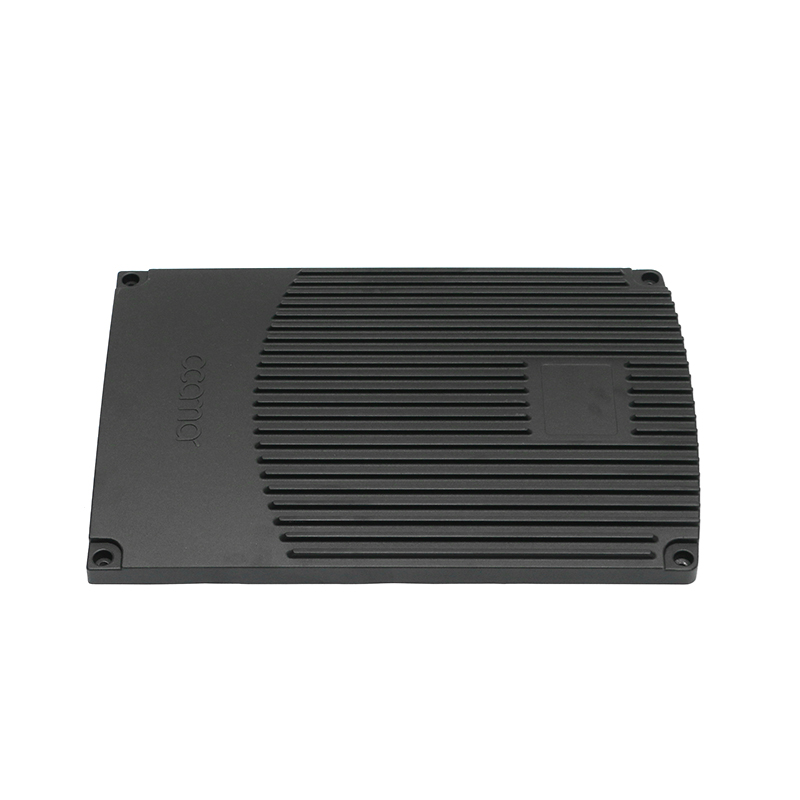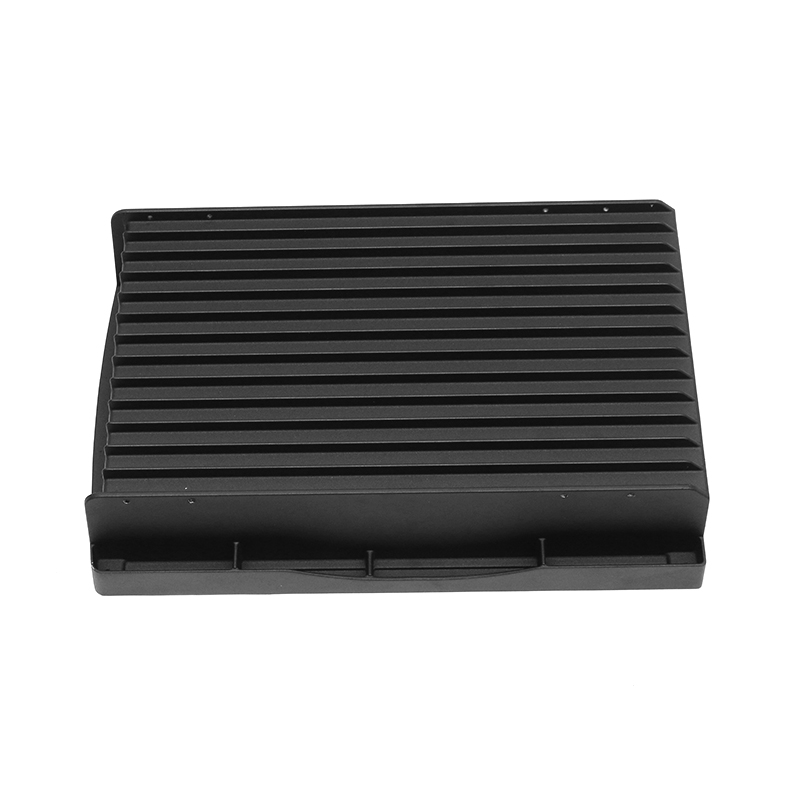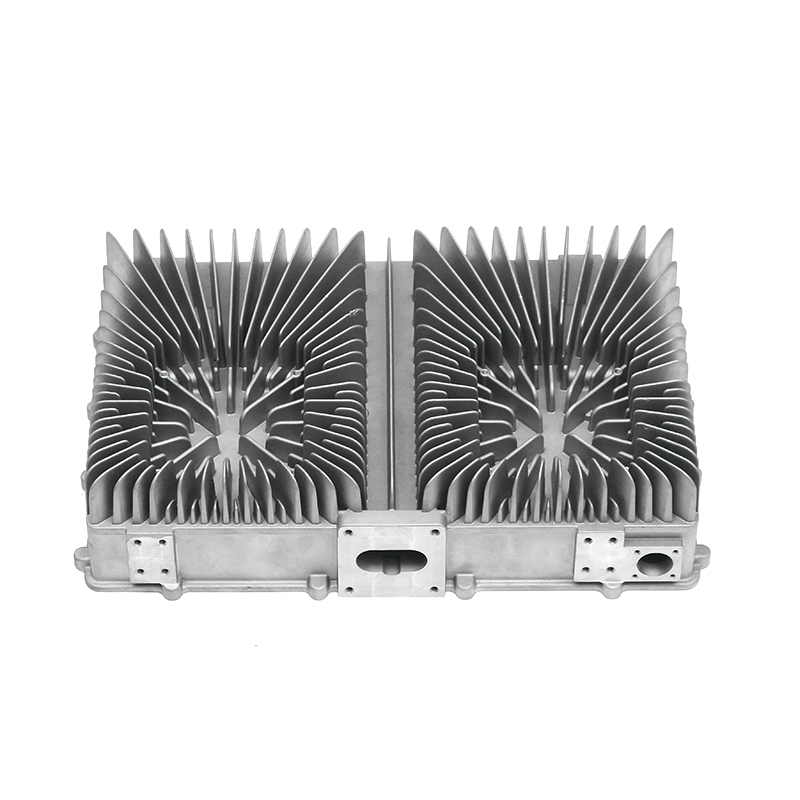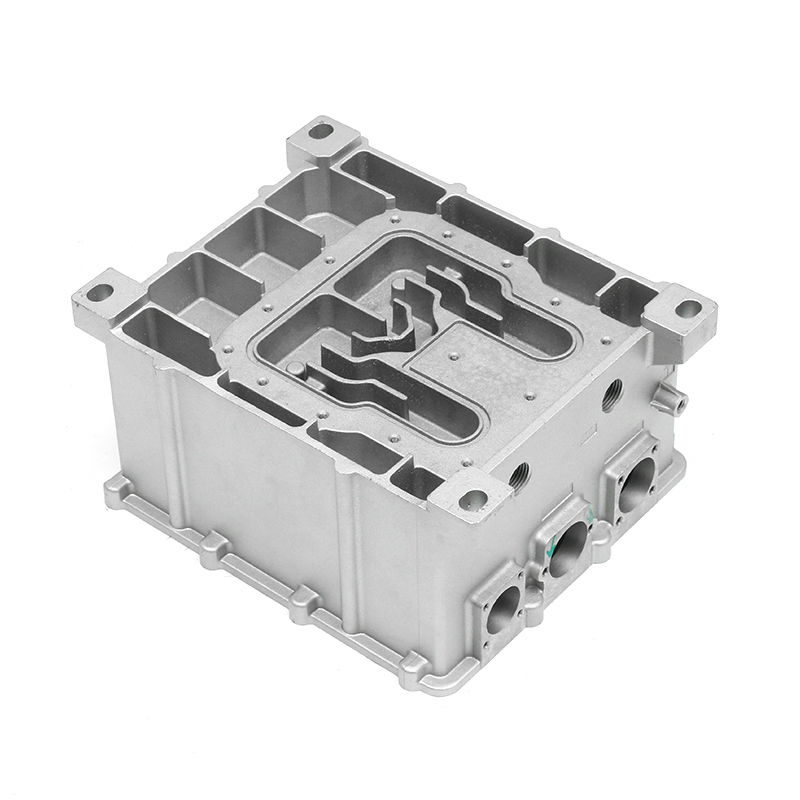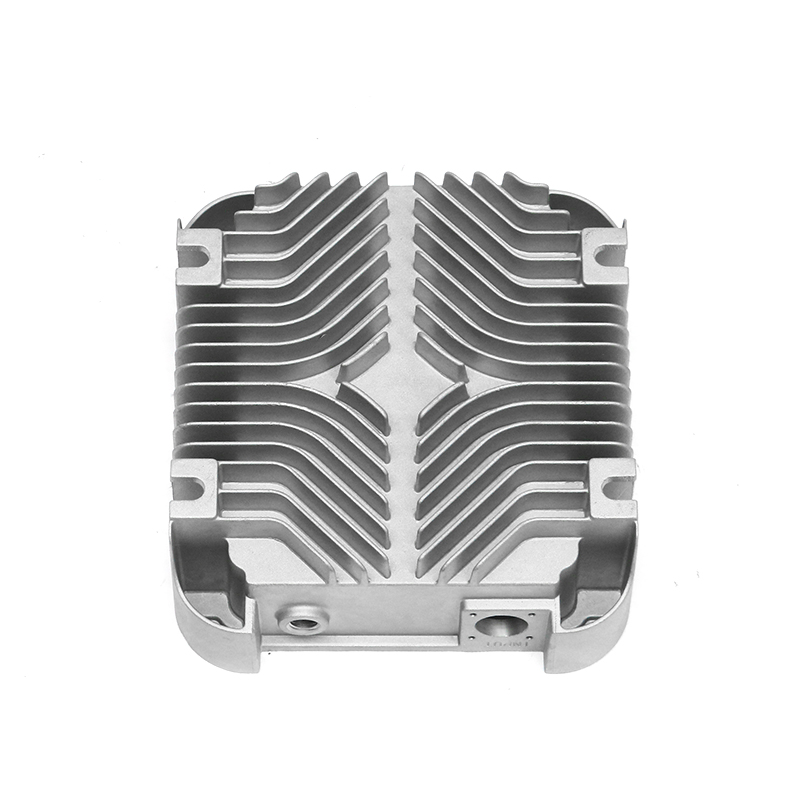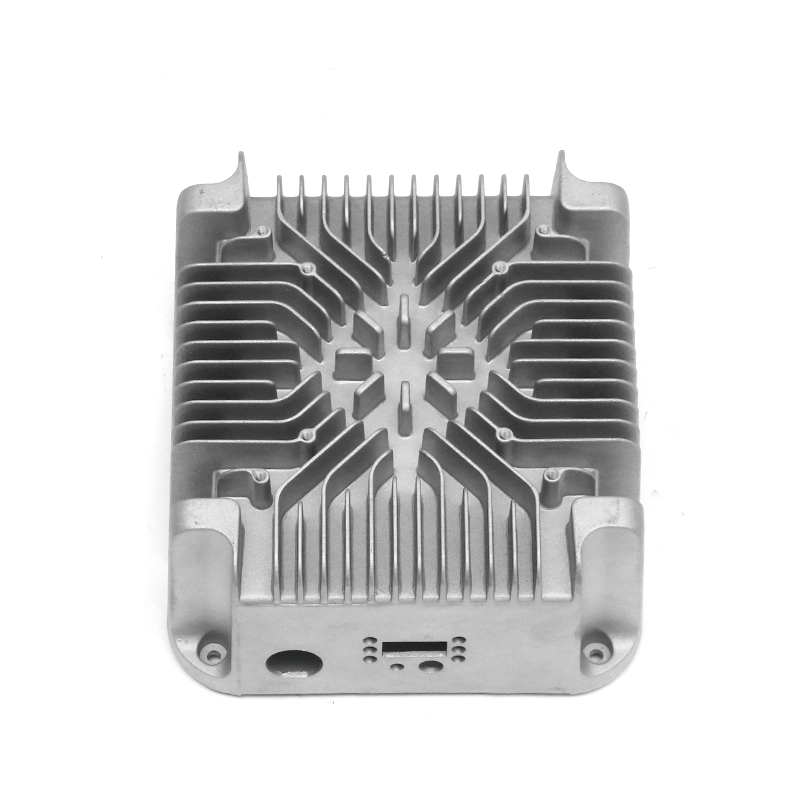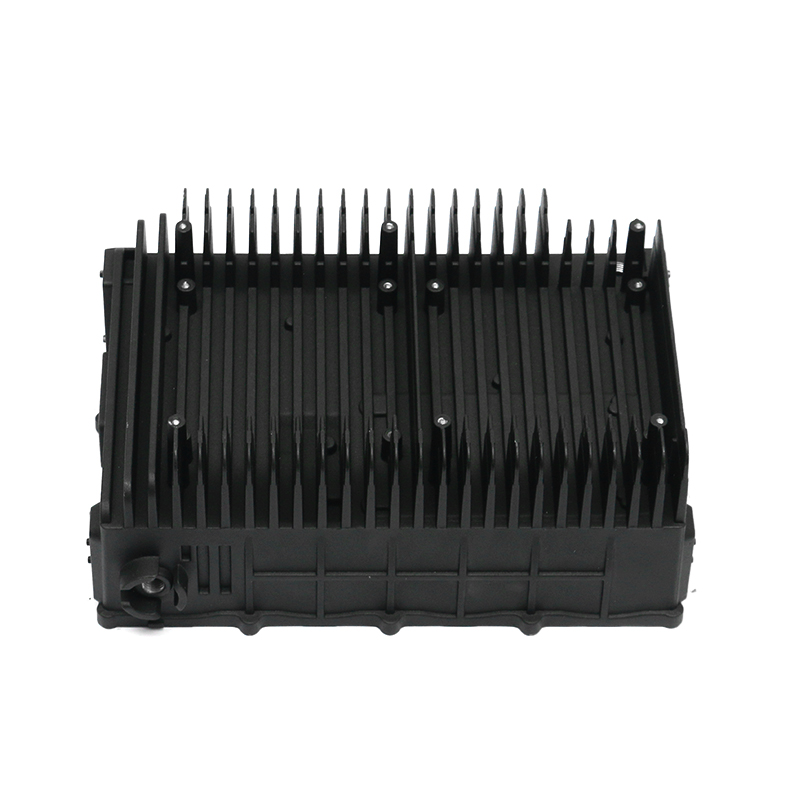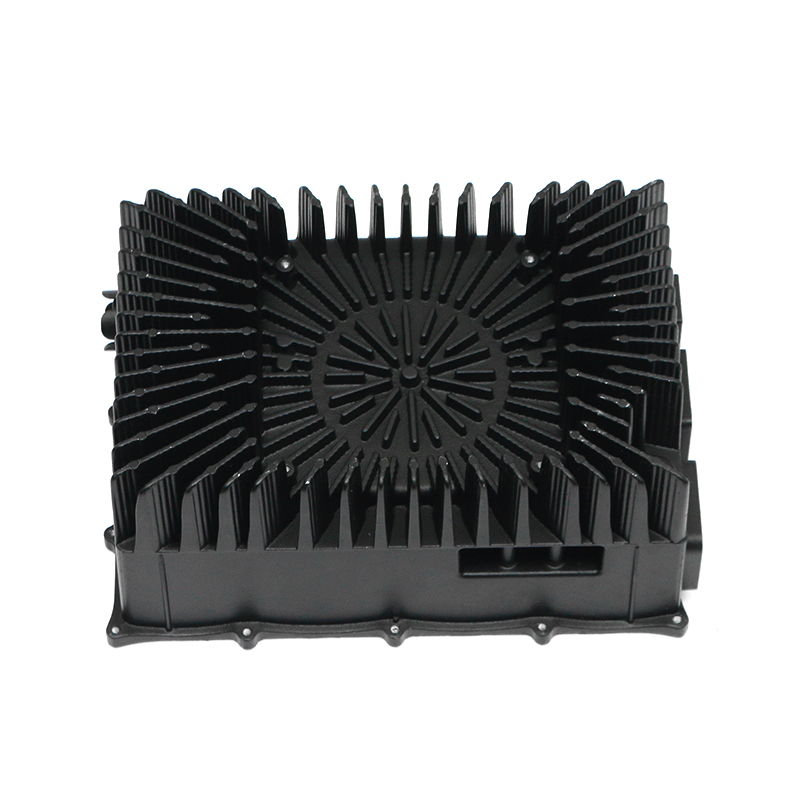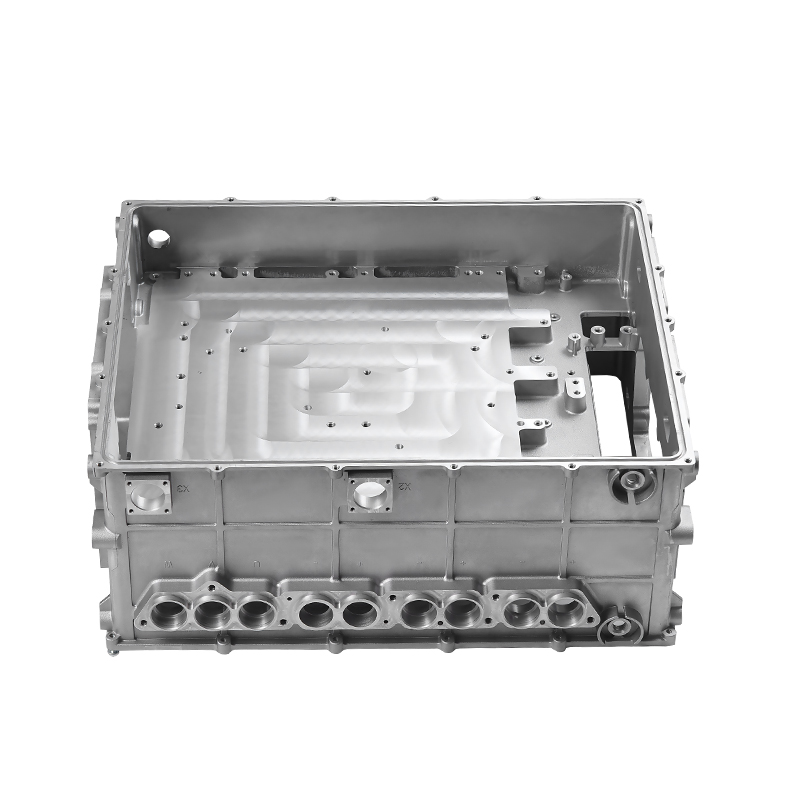Precision trimming molds are widely used in modern manufacturing, especially in metal stamping, automotive parts production, and electronic equipment manufacturing. The efficiency and convenience of mold replacement have become a key part of the production process. In the traditional production process, mold replacement often takes a long time and cumbersome operations, which not only affects the operating efficiency of the production line, but also increases the idle time and production cost of the equipment. In order to cope with this problem, the design and manufacture of precision trimming molds are gradually moving towards fast replacement and easy maintenance. The standardized design of the mold provides the basis for fast replacement. By adopting a modular structure, manufacturers can standardize the different parts of the mold, allowing only a single part or part of the module to be replaced when replacement is required, rather than the entire mold. This not only effectively saves replacement time, but also makes mold maintenance easier.
In order to further shorten downtime, many mold manufacturers have adopted the technology of rapid disassembly and installation. In the traditional mold replacement process, a lot of manual operations are required, such as removing screws and adjusting positions, which makes the whole process very time-consuming. Modern precision trimming molds are usually equipped with fast fixing systems, such as quick-release clamps and automatic locking devices. These designs allow mold replacement to be completed through simple operations, greatly improving efficiency. At the same time, this quick installation system also reduces the possibility of human operation errors, thereby ensuring that the mold maintains a high degree of precision after reinstallation.
Another means to improve mold replacement efficiency is the management of mold preparation parts. In some high-volume production lines, in order to reduce downtime, companies will prepare multiple sets of molds in advance and perform regular inspections and maintenance on them. When the production line needs to replace the mold, the mold that has been inspected and in good condition can be quickly replaced. In this way, the mold replacement process will not interfere with the normal production plan, greatly shortening the downtime. Some advanced mold management systems also have intelligent monitoring functions, which can detect the wear and working status of the mold in advance, and promptly prompt the operator to prepare for replacement to avoid downtime caused by sudden failures.
The maintenance and trimming of the mold itself has also become more convenient. The design of precision trimming molds pays more and more attention to easy repair and maintenance. For example, in some high-frequency production environments, the mold will experience greater wear and impact, and traditional trimming work often takes a long time. Modern mold designs use replaceable cutting parts, such as replaceable knives and punches, which can be quickly replaced without disassembling the entire mold. The use of high-wear-resistant coating technology can also extend the service life of the mold and reduce the frequency of replacement, thereby further improving the continuous operation ability of the production line.
Recommended Products
Products provided by famous enterprises are deeply trusted by users.
